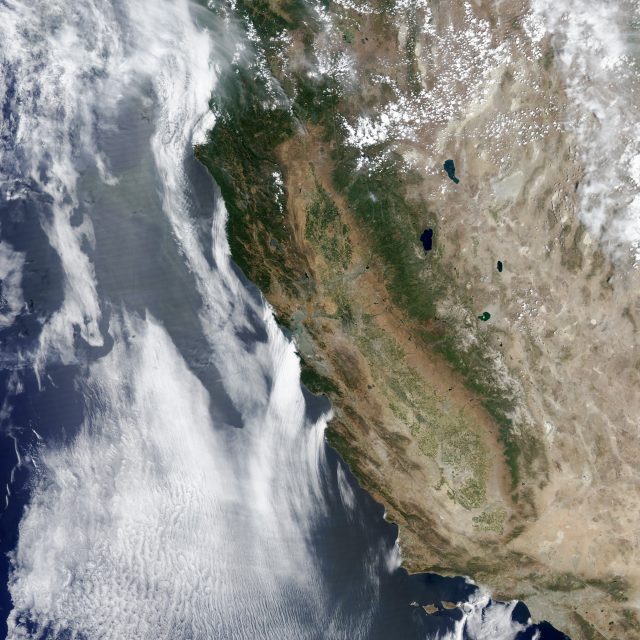American Southwest has 80% chance of decade-long drought this century
Ars Technica » Scientific Method 2014-09-01

In a good year, the management of water resources in the American West is contentious. When a drought hits, most everyone feels it, and this year is certainly no exception. The notion of sustainability in water-strapped places isn’t much more complicated than balancing a checking account. And the budget projections aren’t exactly encouraging.
The last thing this situation needs is a decrease on the supply side. Unfortunately, precipitation in the Southwestern US is projected to decline as a result of anthropogenic climate change. Double unfortunately, the last century isn’t even a very good baseline for the region’s climate without climate change. Records from things like tree rings show drier periods in the past. A recent study led by Cornell’s Toby Ault attempts to pull this all together to improve our understanding of future drought risk in the region.
The worst US droughts of the 20th century were the 1930s “Dust Bowl” in the central US and the 1950s in the Southwest. In the past, the Southwest has averaged one or two of these almost-decade-long droughts per century, but there have also been droughts longer than anything in the historical record—droughts lasting several decades.
Read 8 remaining paragraphs | Comments